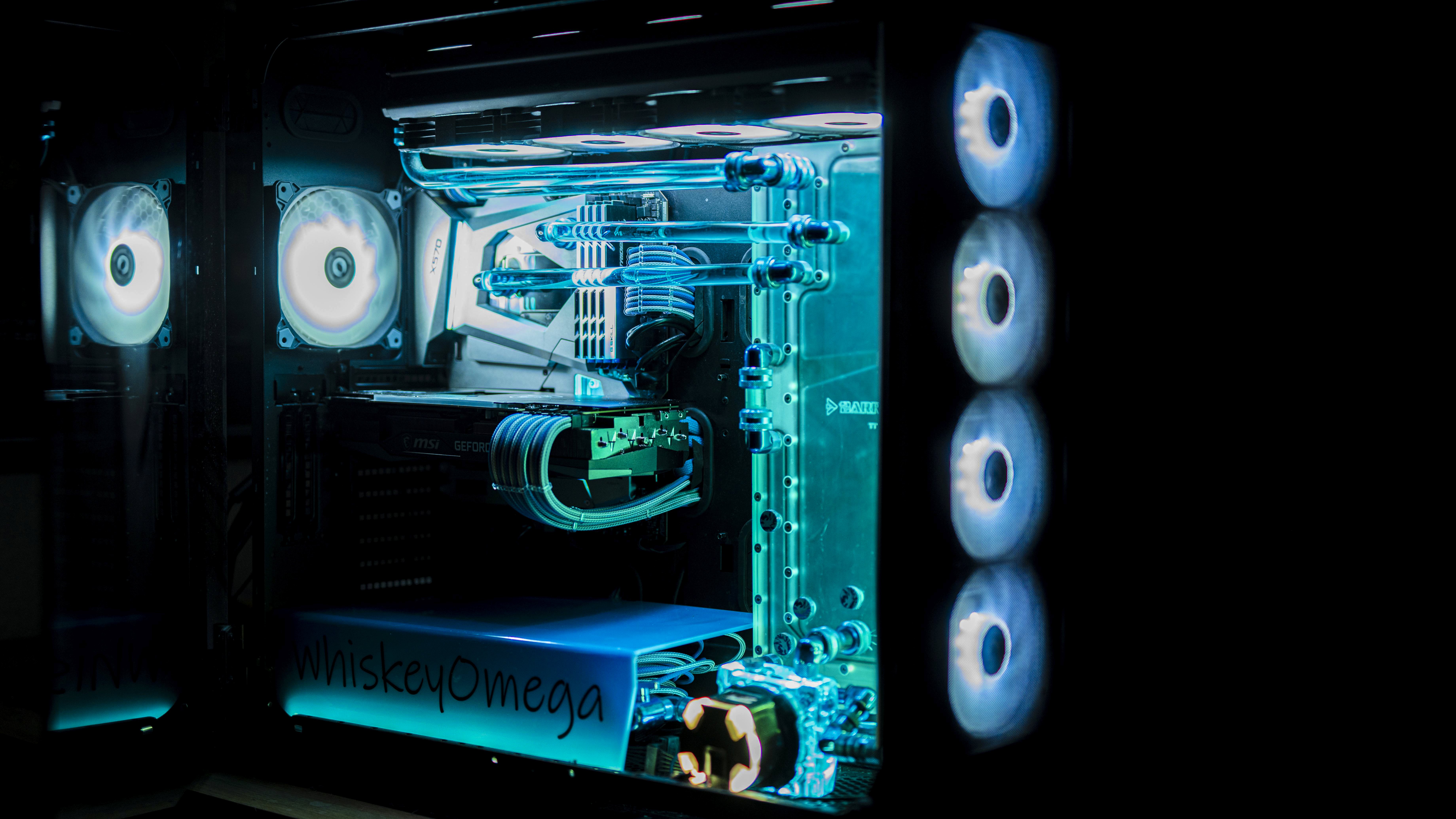AMD’s Radeon boss has talked about the RDNA 3 GPU power efficiency, 12VHPWR on Radeon RX 7000 GPUs & ray tracing capabilities.
The interview is very detailed and we would like you to visit Club386 and read the full thing here but some interesting comments were made regarding a few aspects of the RDNA 3 “Radeon RX 7000” GPU family and what we can expect in the coming generation.
Back when AMD was in the process of launching its RDNA 3 GPU architecture, the company promised a monumental +54% increase in power efficiency vs. RDNA 2 GPUs through the use of chiplets and other changes. However, the launch saw little gains in the efficiency department, all the while NVIDIA took their efficiency to a whole new level with the Ada GPU architecture. Scott says that AMD believes in offering good performance per watt across their GPU lineup & that it matters more on the notebook front. So far, AMD has only introduced its non-chiplet Navi 33 to laptops.


Does your GPU really contribute that much to your electric bill? Idk, I haven’t done the math myself
as with everything “it depends” on many aspects. In the US it’s relatively cheap in many places (~0.12-0.15 USD per kwh), and high-end cards running at high settings can suck ~300w. Averaging 3hrs a day could cost ~36-45 cents a day just on the GPU alone for high-end settings. Not a huge deal, but in places where electricity is 2-3x the price it could be more of an issue (or at surge times for folks in Texas).
But with the new atx3.0 and 600w power cables, we could see double those costs for high end cards in the next few years, and putting full pc power at ~900+ watts.
Efficiency does affect more than just electricity costs. less efficient chips also means more heat and more massive coolers. Many of the higher end cards today have thick, heavy coolers that we now have anti-sag braces. It also potentially means more noise for fan coolers or requiring more expensive coolers and more electronics to regulate that power in stages.